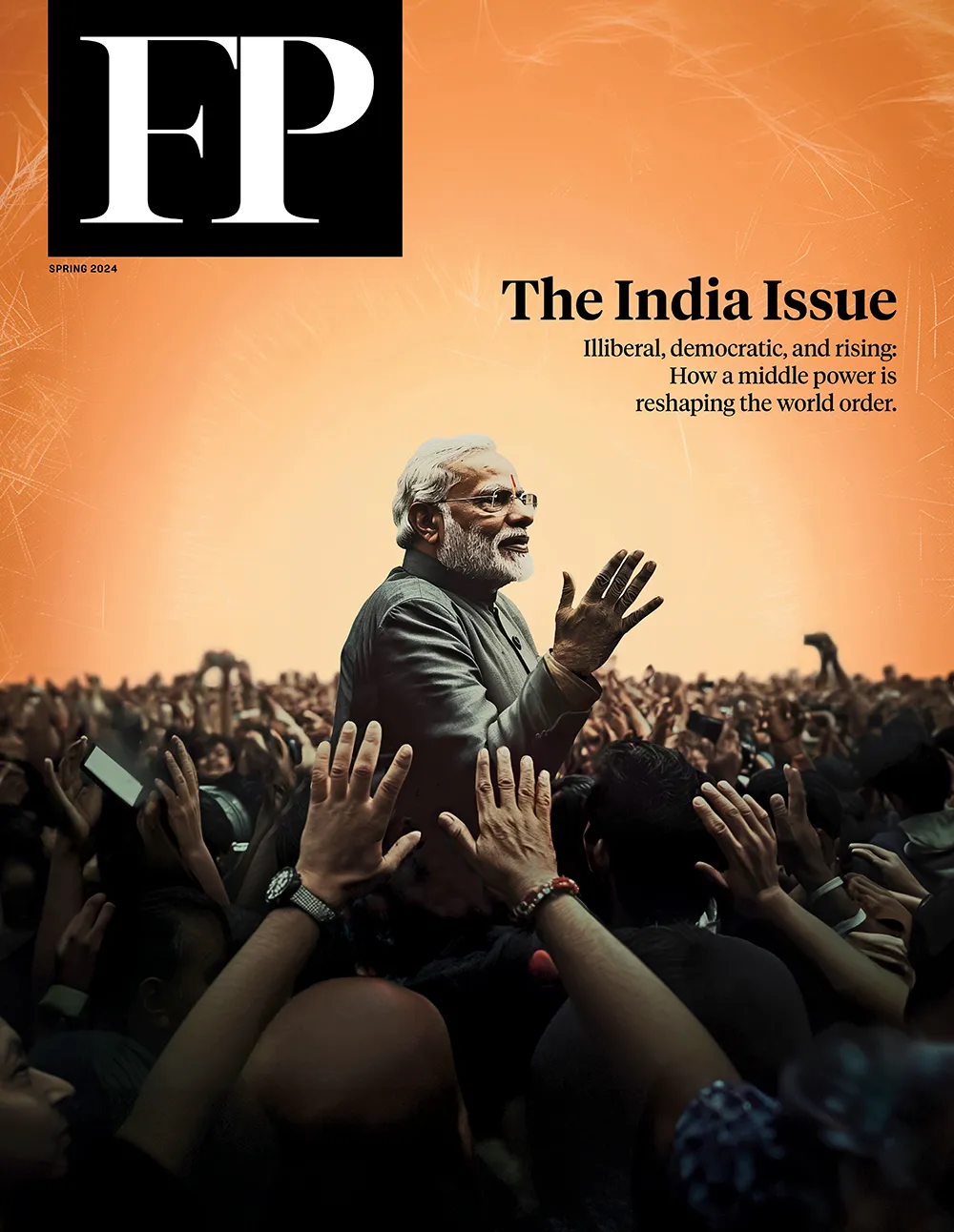Once Again, Europe Is Sabotaging Its Own Vaccine Rollout
The decision to halt administration of AstraZeneca vaccines is unscientific, will derail the reopening, and could result in thousands of unnecessary deaths.
Even five weeks ago, as we wrote at the time, it was easy to see that “spring in Europe is going to be dismal.” The perfect storm of under-procurement, overzealous regulators, and anti-vaccine populations was setting up the continent for months of ultra-strict lockdowns. But the situation now is even worse than we predicted. On Monday, the governments of Germany, France, and Spain halted administration of AstraZeneca’s vaccine based on scattered and unscientific allegations that it can cause blood clots. Today, they threatened to block vaccine exports to countries that don’t export their own production to the European Union. Such a move would be unlikely to significantly change the bloc’s timeline for reopening, but it will surely raise tensions with neighbors, especially the United Kingdom. Further, even if the temporary suspension of AstraZeneca is reversed, Europe will still lagging behind. European leaders must now decide: Stay locked down through early summer as Americans and Brits return to their normal lives or capitulate and tolerate a brutal spike in cases and hospitalizations. The latter path now seems more likely.
Even five weeks ago, as we wrote at the time, it was easy to see that “spring in Europe is going to be dismal.” The perfect storm of under-procurement, overzealous regulators, and anti-vaccine populations was setting up the continent for months of ultra-strict lockdowns. But the situation now is even worse than we predicted. On Monday, the governments of Germany, France, and Spain halted administration of AstraZeneca’s vaccine based on scattered and unscientific allegations that it can cause blood clots. Today, they threatened to block vaccine exports to countries that don’t export their own production to the European Union. Such a move would be unlikely to significantly change the bloc’s timeline for reopening, but it will surely raise tensions with neighbors, especially the United Kingdom. Further, even if the temporary suspension of AstraZeneca is reversed, Europe will still lagging behind. European leaders must now decide: Stay locked down through early summer as Americans and Brits return to their normal lives or capitulate and tolerate a brutal spike in cases and hospitalizations. The latter path now seems more likely.
One month ago, the European Union was just a couple of weeks behind the United States and United Kingdom in vaccine rollout. Now, it is over one month behind and continues to slip. Only 7.9 percent of Europeans have received at least one dose, compared to 21.7 percent of Americans and 37.2 percent of British. European regulators took a few weeks longer to approve the major vaccines compared to their British and U.S. counterparts. But the slow start out of the gate no longer explains the divergence. The real culprit is an ugly combination of supply shortages and widespread vaccine skepticism. That’s why the United States and United Kingdom have continued to rapidly ramp up daily dose administrations while European countries have not.
The biggest problem is lack of supply. Europe bought far too few doses of Moderna, Pfizer, and AstraZeneca when the companies started taking their first orders last summer, favoring less-promising European companies instead. Realizing its mistake, Brussels has now been using every trick in the book to cut the line, including banning Europeans from exporting doses that they are contractually obligated to deliver to foreign customers. (“We reject the logic of first come, first served,” said Stella Kyriakides, European commissioner for food and health safety, in January.) Pfizer and AstraZeneca have made small concessions to this pressure campaign, offering a few million extra doses and a slightly faster delivery timetable. But these companies have commitments to other governments too, and they can do only so much to accommodate Europe.
It seemed for a time that Johnson & Johnson would be Europe’s saving grace. Its vaccine performs moderately well at preventing symptomatic COVID-19 and extremely well at reducing severe cases, hospitalizations, and deaths. And the formulation requires only a single dose, which makes it much faster and easier to administer. On March 11, the European Medicines Agency approved the shot, but the company now says it may not be able to meet its 55 million-dose delivery target in the second quarter. In any case, deliveries will not start before mid-April at the earliest.
EU member states are now so desperate for vaccines that some are negotiating outside EU auspices with Russia and China. European regulators are currently reviewing an application for Russia’s Sputnik V, and they look likely to approve it based on published clinical data. But Russia is already under contract to supply doses to other countries, and approval and delivery is unlikely to come soon enough to affect Europe’s reopening timeline. Meanwhile, European nations are highly unlikely to approve any Chinese-made vaccines, since the developers have suspiciously declined to publish their Phase 3 data.
The final nail in the coffin came this week when several EU countries, including Germany, Italy, France, Spain, and the Netherlands, halted the administration of AstraZeneca vaccines, citing scattered reports of blood clots in individuals who had received the vaccine. As of March 17, European regulators had received a total of 30 reports of blood clots out of 5 million people vaccinated with AstraZeneca.
This decision is unscientific. “There is currently no indication that vaccination has caused these conditions,” the European Medicines Agency, the top regulator, concluded last week. Blood clots are very common: In the United States, they kill 60,000 to 100,000 people every year, out of about 2.8 million total annual deaths. And if you’re afraid of blood clots, getting COVID-19 is just about the worst risk factor you could think of. Ten percent of hospitalized non-intensive care unit COVID-19 patients are diagnosed with venous thromboembolism, a blood clotting disorder. Among COVID-19 patients admitted to the ICU, fully 28 percent get clots. The potential risk from the AstraZeneca vaccine is extremely minor in comparison. In short, if you live in Europe and are afraid of getting blood clots, you should be rushing to get the AstraZeneca vaccine.
But European leaders have had it out for the company since it first announced delays in its supply schedule to the EU. For example, in late January, French President Emmanuel Macron falsely claimed that the AstraZeneca vaccine was “quasi-ineffective” for people over age 65. (In clinical trials, the AstraZeneca vaccine was 100 percent effective at preventing severe cases of COVID-19. New studies indicate it is ineffective against the “South African” B1351 variant, but few cases of this variant have been identified in Europe.) Despite the country’s health authority flatly contradicting Macron in February, Europeans are heeding his words; even before this week’s news, many Europeans had already refused to be inoculated with AstraZeneca. Even if governments resume administering AstraZeneca next week, much of the damage has already been done. Even a slight increase in anti-vaccine sentiment among the high-risk population is terrible news. If lockdowns end before the virus has been all but wiped out, a new wave of hospitalizations and deaths will follow.
What does this all mean for Europe’s path out of lockdown? The answer is unequivocal: Without AstraZeneca, Europe won’t have enough doses to fully vaccinate its high-risk population until mid-June. Even if they resume immediately, make up for lost time, and deliver every future AstraZeneca dose into an elderly arm as soon as it arrives, Europe’s most vulnerable will not be 14 days past receiving a first vaccine dose until mid- to late-May.
Does the European population have the willpower to wait that long? Probably not. Europeans are currently living under the strictest lockdowns in the world, as measured by Oxford’s Blavatnik School of Government’s “stringency index.” Italy is now in its strictest lockdown since last spring.
And even these are not good enough. Cases, hospitalizations, and deaths are rising across the continent. In Italy, daily cases have doubled in the last 30 days. In Eastern Europe, where lockdowns are not as strict, the Czech Republic is suffering the highest rate of daily deaths per capita in the world. Poland and Hungary are close behind. Yet Germany and other countries have begun to ease restrictions in the face of negative data due to overwhelming popular pressure to reopen.
The culprit in the rise in cases is the B117 variant (also known as the “U.K. variant”) that is now spreading widely on the continent. This strain is both 70 percent more contagious and around 60 percent to 70 percent more lethal. It is the reason that the United Kingdom remains in national lockdown even though nearly all of its high-risk population is more than two weeks past the first dose. When the country eased its lockdown in November 2020, cases and hospitalizations skyrocketed and within five weeks, the hospital system was overwhelmed. Epidemiological models say if the United Kingdom were to reopen tomorrow, the same thing would happen all over again. If European countries choose to end their own lockdowns early, they should expect a similar result.
In short, Europe is once again sabotaging itself. If governments were following commonsense public health policy, the unscientific decision to halt administration of AstraZeneca vaccines would mean that lockdowns have to be extended accordingly. But elected officials may not hold their nerve as the weather gets warmer. If European governments yield to public pressure and lift restrictions too early, the result will be another massive wave. For U.S. and British citizens celebrating the newfound freedom that has come through relatively swift vaccination, the takeaway is that it is probably too early to book your summer holiday to Portugal or France. For Europeans, the message is more somber: Steel yourself either for a summer trapped indoors or a heightened risk of unnecessary death.
Eyck Freymann is the author of One Belt One Road: Chinese Power Meets the World and the director of Indo-Pacific at Greenmantle, a macroeconomic advisory firm.
Elettra Ardissino is an analyst at Greenmantle, a macroeconomic and geopolitical advisory firm. Twitter: @elettra_ardi
More from Foreign Policy

NATO’s New Leader Was Planning This the Whole Time
Mark Rutte, a workaholic obsessed with routine, is about to take over the West’s military alliance.

What the United States Can Learn From China
Amid China’s rise, Americans should ask what Beijing is doing right—and what they’re doing wrong.

What a War Between Israel and Hezbollah Might Look Like
The Lebanese armed group is trained and equipped much better than Hamas.

The Hidden Critique of U.S. Foreign Policy in ‘Red Dawn’
Forty years ago, Hollywood released a hit movie with a surprisingly subversive message.




